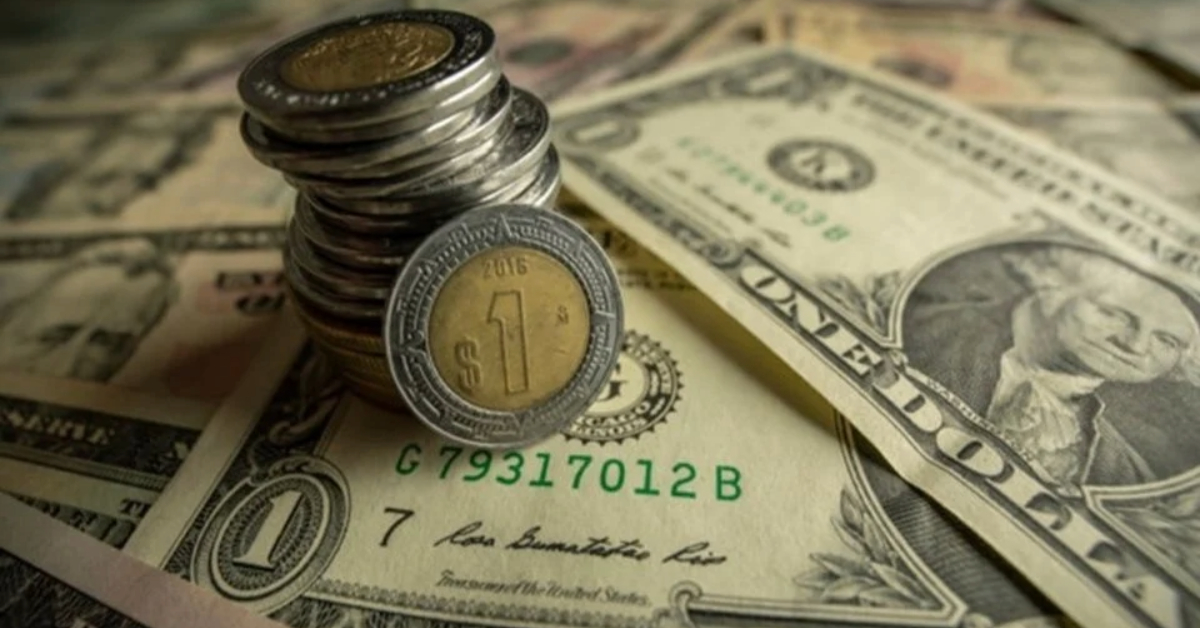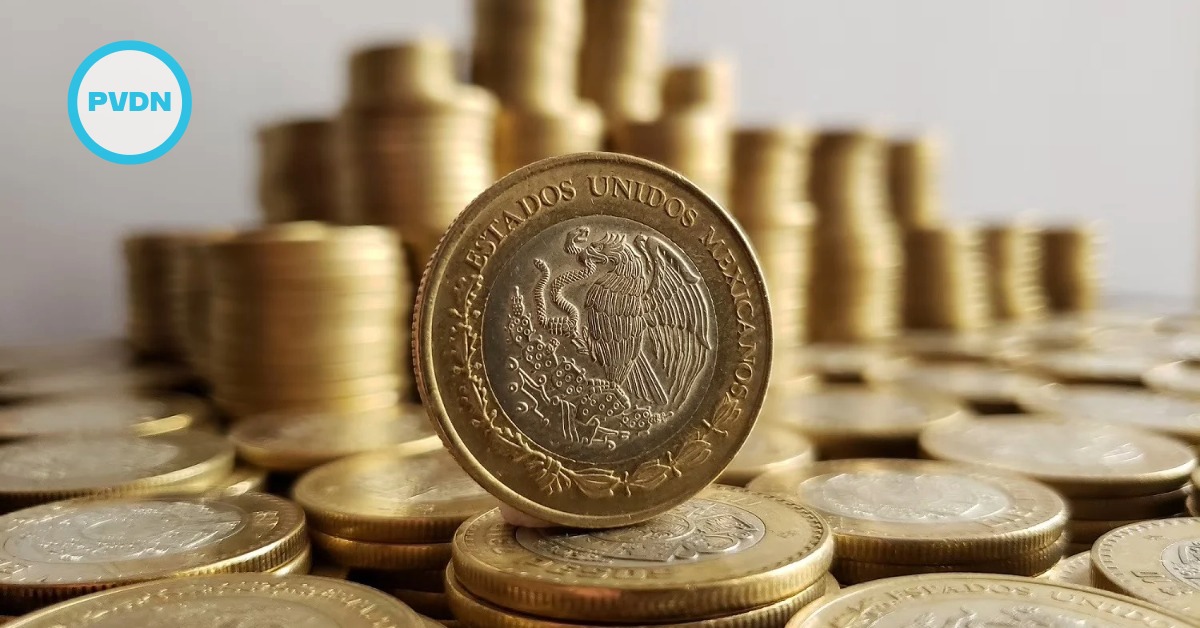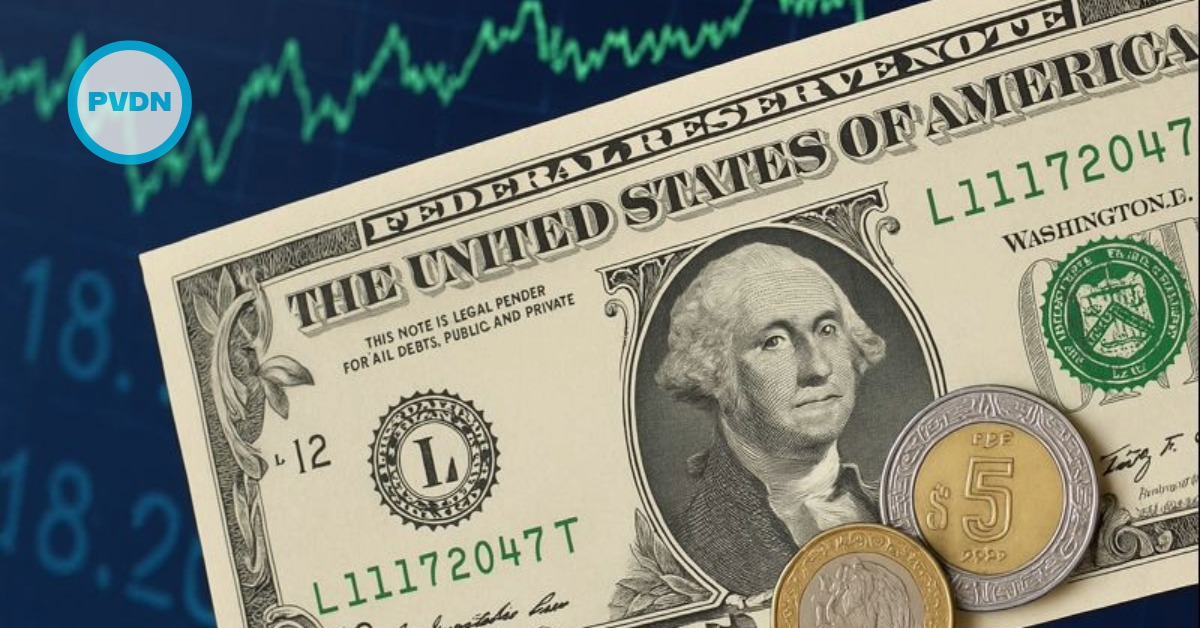The Mexican peso extends gains to 19.1788 per dollar as US jobless claims rise and the dollar weakens, with investors eyeing Fed policy and local consumer confidence.
On Thursday morning, the Mexican peso extended its gains, trading at 19.1788 pesos per US dollar, up 2.09 cents (0.11 percent) from Wednesday’s close of 19.1997. Data published by the Bank of Mexico (Banxico) showed that the peso strengthened amid a softer US dollar, which weakened after a report revealed an unexpected rise in American unemployment benefit applications.






